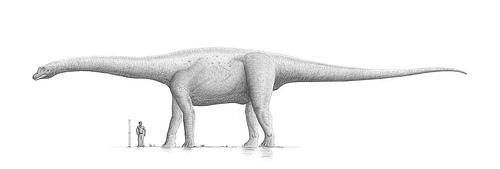MIT mails its acceptance letters on 3/14 — “Pi Day.”
Science & Math
The Life on Mars Paradox

What’s the probability that there are horses on Mars? Let’s be extremely generous and say it’s 1/2. And let’s also say there’s a probability of 1/2 that there are parrots, and aardwolves, and each of 17 other species.
Then the probability that none of these 20 species exists is (1/2)20. And the probability that at least one of them exists is 1 – (1/2)20, or 0.999999046.
Thus it’s nearly certain that there’s life on Mars.
Witchcraft
Mersenne once wrote to Fermat asking whether 100895598169 were a prime number.
Fermat replied immediately that it’s the product of 898423 and 112303, both of which are prime.
To this day, no one knows how he knew this. Has a powerful factoring technique been lost?
Math Notes
93 + 13 + 93 = 1459
13 + 43 + 53 + 93 = 919
How to Win Six Million Dollars

Summon six millionaires and invite them to stake their fortunes on a single hand of poker. They will eagerly agree. Open a new deck of cards, discard the jokers, and ask the millionaires to cut (but not shuffle!) the deck as many times as they like. Then deal seven hands, ostentatiously dealing your own second and fourth cards from the bottom of the deck.
The millionaires may be reluctant to object to this, as all six of them will be holding full houses. (This works — try it.) But “See here,” they will finally say. “What was that business with the bottom-dealing? You’re up to something. We insist that you discard that hand.” Look hurt, then deal yourself a new hand.
You’ll likely be holding a straight flush.
Showoff

English mathematician John Wallis (1616-1703) had an odd way of passing time:
“I note that on 22 December, 1669, he, when in bed, occupied himself in finding (mentally) the integral part of the square root of 3 × 1040; and several hours afterwards wrote down the result from memory. This fact having attracted notice, two months later he was challenged to extract the square root of a number of fifty-three digits; this he performed mentally, and a month later he dictated the answer, which he had not meantime committed to writing.”
— W.W. Rouse Ball, Mathematical Recreations & Essays, 1892
Occupational Hazards
Excerpts from the log of J.E. Duane, a weather observer at Long Key, Fla., when the most intense hurricane in U.S. history made landfall on Sept. 2, 1935:
9:20 p.m. I put my flashlight out to sea and could see walls of water which seemed many feet high. I had to race fast to regain the entrance of the cottage, but water caught me waist deep, although writer was only about 60 feet from doorway of cottage. Water lifted cottage from foundations and it floated.
10:15 p.m. The first blast from SSW, full force. House breaking up — wind seemed stronger than any time during storm. I glanced at barometer which read 26.98 inches, dropped it in the water and was blown outside into sea; got hung up in broken fronds of coconut tree and hung on for dear life. I was struck by some object and knocked unconscious.
Later: “2:25 a.m. I became conscious in tree and found I was lodged about 20 feet above ground.”
A Physics Problem
You’re in a rowboat in a swimming pool, and you’re holding a cannonball. If you throw the ball into the pool, will the water level rise or fall?
King Size

In 1989, paleontologists discovered the fragmentary remains of an enormous dinosaur in southern India.
If estimates are accurate, Bruhathkayosaurus was 145 feet long and weighed 240 tons.
The largest modern whale is 110 feet long and weighs 195 tons.
Math Notes
32 + 42 = 52
212 + 222 + 232 + 242 = 252 + 262 + 272
